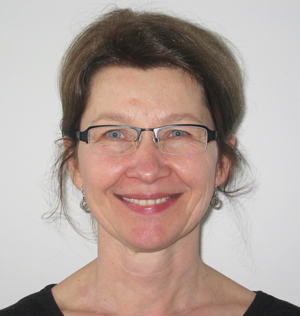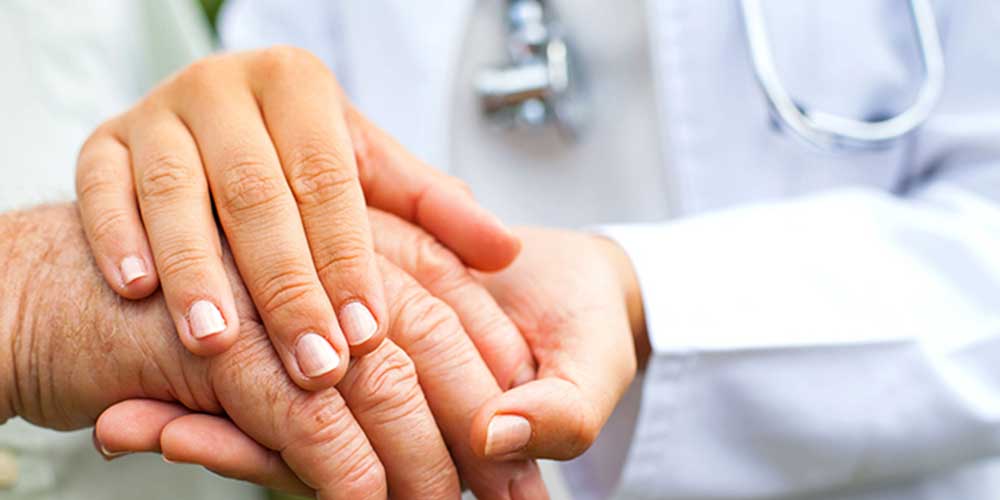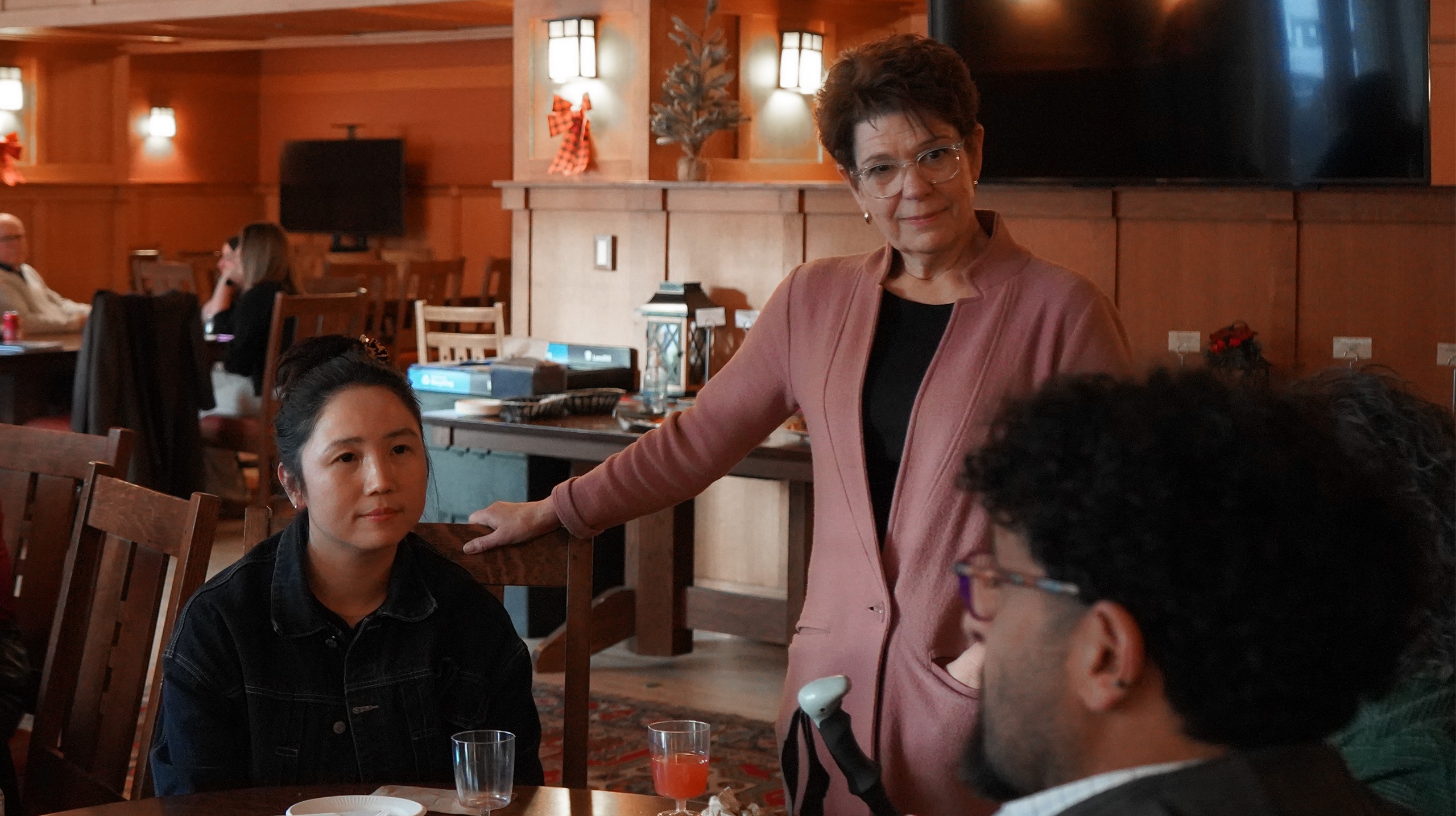
Kim Neudorf is a Patient Family Advisor from Prince Albert. Nationally, Kim supports Patients for Patient Safety Canada (PFPSC), a program of the Canadian Patient Safety Institute. Their mission is Every Patient Safe.
Patients and their families place considerable trust in our publicly-funded healthcare system and in those delivering care – trust is an essential part of the care journey. Ten years ago, our family’s implicit trust was challenged.
Our mother took responsibility for her health—a role model for healthy living. However, when she became ill, my family and I became the ones advocating on her behalf. I drew providers’ attention to remarkable changes in her vitality, and asked for additional specialist consultations and deeper investigations. In response, we heard “let’s wait and see” and “our hands are tied,” which left us feeling powerless to change the course Mom was on. On day ten, my brother said, “Mom looks like she’s dying” and indeed she was.
It was difficult to reconcile how my brother, a carpenter, could see the imminence of death, yet providers did not. Fortunately, at this tipping point, Mom’s resolve to live was fierce, and we were grateful for the amazing team that stepped in to save her. However, following Mom’s long rehabilitation, I knew I had to speak up and bring attention to providers’ responsibility for being open and responsive to patient and family concerns. There are many stories like ours, each with different nuances, and some do not have happy endings. Many stories are never told.
The World Health Organization (WHO) has declared September 17th its first World Patient Safety Day, and patient safety champions around the world are calling health systems to action. And we, the patients, are using our experiences of harm to speak up for quality and improvement in healthcare. According to the Canadian Patient Safety Institute, more than 28,000 Canadians die from preventable harm when receiving care every single year, which is equivalent to a death every 13 minutes. This makes patient safety incidents the third leading cause of death in Canada, behind cancer and heart disease.
5 considerations to create a culture of safety in your organization
From a patient and family perspective, there are five things that I ask you to consider as you create, or continue to build, a culture of safety in your organization:
1) First, do no harm

When organizations develop a culture of safety, our trust in the system and its providers is strengthened. We trust that:
- leaders have an advanced level of knowledge in patient safety;
- providers are aware of patient safety competencies to guide their practice;
- providers comply with updated procedures, policies and standards of care;
- there is vigilant observation and interception of foreseeable risks in our care; and,
- providers will have the courage and authority to act in a timely way to escalate concerns.
Patients can contribute to their own safety by communicating clearly and effectively, providing accurate personal health information, following medical advice, and by questioning any care that seems out of step. We are the extra set of eyes and ears that can enhance safety processes at the point-of-care. Access to our electronic medical record is an important next step in looking after our health and safety.
2) Encourage Proactive Patient Communication

Too often we hear patients and family members say, “I wish I had been bolder in my communication—it may have made a difference.” Speaking up in the interest of safe care matters, yet there are several reasons we may choose not to.
- We are unclear about how to raise a concern and who to raise it with;
- We lack confidence in our assumption that “something isn’t right”;
- We trust providers as the experts;
- There are language or health literacy barriers, or we may only drop hints about a concern;
- We don’t want to offer misleading information; or,
- We worry we are too emotionally engaged, that there will be backlash for speaking up, or that our voice won’t make a difference.
However subtle, raised concerns must be addressed and escalated until everyone is satisfied that concerns have been managed. Practicing empathy helps to create a context for psychological safety and enables us to more confidently express our thoughts.
While online portals for care concerns are useful, they lack the immediacy we may be looking for—we value avenues to report concerns in real-time. In our search for guidance or a second opinion, we will need help connecting with existing resources, such as client representatives or quality care coordinators.
3) After a Harm: Provide Disclosure, Apology, Support

Following an incident, we trust providers will be accountable and offer us an explanation and timely corrective action to remediate what can be fixed and protect us going forward. Secrecy heightens our anxiety at a time when we feel we have a right to know, while disclosure enhances our understanding of the situation and enables us to move forward. Corrective action and a sincere apology helps rebuild trust and potentially extend forgiveness, however in egregious instances of harm, further action and remediation may be necessary. In these instances the trust may be so broken it is untenable to continue the relationship with the current provider or the organization.
Being a patient or family member involved in a preventable incident can be devastating. In our own grief, we may not feel generous or respectful towards those involved in the harm. But in time, we endeavour to be fair in our judgments, as we too, work towards learning and system improvement. In most instances, we want to support providers that must soldier on under difficult circumstances.
4) After a Harm: Practice Patient Reporting, Improvement

Patients trust that standard processes are in place to report an incident, review the incident, and for corrective actions so that the situation never repeats itself. We can also be a part of those processes; an invitation to participate validates our mutual interest in safety and improvement. Adding a patient to the investigation team, other than the one harmed, can further contribute to learning outcomes.
We trust that whatever is learned will be disseminated across the organization and external reporting structures for both professional and public awareness. In a culture of safety, awareness of system vulnerabilities emboldens action towards improvement.
Our stories compliment statistics gathered on patient safety. A tribe in Papua New Guinea has a powerful saying: “Knowledge is only a rumour until it lies in the bones.” Stories must reach the bones of an organization.
5) Engage Patient Advisors

Evidence increasingly demonstrates the importance of patient engagement in preventing incidents, responding to incidents, and to improve safety of care. We bring experience and insights to the point-of-care, and as we are increasingly involved, our individual and collective expertise in patient safety grows.
Patient and citizen engagement from bedside to policy development has evolved. Ten years ago patient advisors were knocking on doors demanding to be heard. Today, there is an opportunity for public representation at every level, from point-of-care to policy development. Patient advisors and advocates are now working shoulder to shoulder with staff and leaders to make care safer, locally, nationally and internationally; we are helping to be part of the solution.
These insights are intended to help support staff as they work towards shifting safety culture in their organizations; however, it is partnership with patients and families that truly transforms safety in our system. When we turn statistics into stories, we can create space to consider what is going on, why it is important, and what we can learn and improve. And as we share our stories, we hope providers and policymakers gain a deeper understanding of what it means to be harmed and establish how we can work together to create a safer system for everyone.
Recommended Resources
- Canadian Patient Safety Institute. 2012. Canadian Incident Analysis Framework: Checklist for Effective Meetings with Patients/Families.
- Canadian Institute for Health Information: Measuring Harm in Canadian Hospitals
- CBC White Coat, Black Art: Medical Errors in Cases of Hospitalized Patients Cost Ontarians More Than 1B a Year




